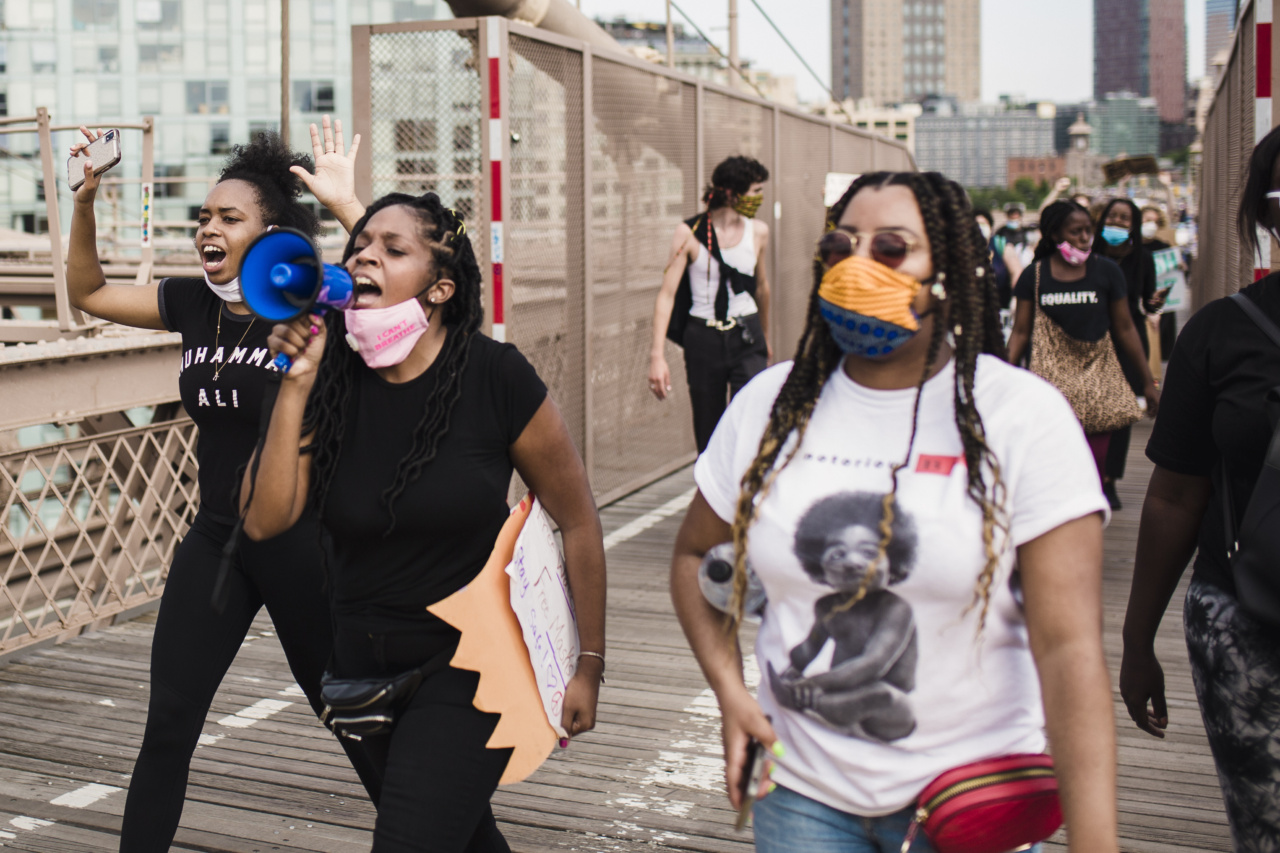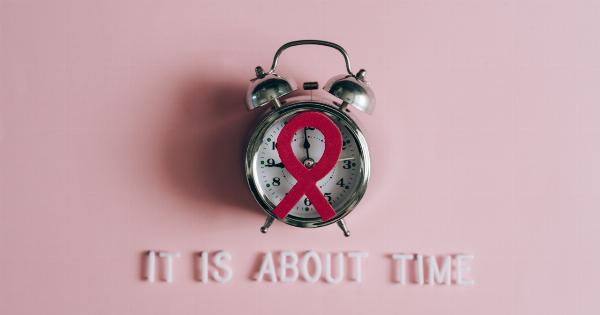Gendered oppression refers to the systematic and structural discrimination and subordination of women based on their gender. It is a pervasive issue that affects women around the world, limiting their opportunities, rights, and freedoms.
This article explores the various ways in which women continue to face gendered oppression in different aspects of their lives.
1. Education
Education is often the foundation for social and economic empowerment. However, gendered oppression manifests itself in the form of limited access to education for many women.
In many parts of the world, girls are denied the right to education simply because of their gender. Cultural norms, early marriage, child labor, and other factors contribute to this injustice.
2. Employment and Economic Opportunities
Women also face gendered oppression in the workplace. The gender pay gap is a clear manifestation of this, where women, on average, earn less than their male counterparts for the same work.
Occupational segregation is another issue, as women are often concentrated in lower-paying and less prestigious professions. Discrimination and biases during hiring and promotion processes further perpetuate this oppression.
3. Reproductive Rights
Reproductive rights are a critical aspect of women’s autonomy and well-being. However, women are often subjected to gendered oppression when it comes to decisions about their bodies and reproductive health.
Access to contraception, safe abortions, and comprehensive sexual education is limited in many societies, preventing women from making informed choices regarding their reproductive health.
4. Gender-based Violence
Gender-based violence, including domestic violence, sexual assault, and harassment, is a form of gendered oppression that affects countless women worldwide.
These acts of violence not only violate women’s human rights but also perpetuate a culture of fear and silence. The victim-blaming and shaming that often accompany such acts further marginalize and oppress women.
5. Political Representation
Women’s political representation is essential for achieving gender equality and addressing the specific needs and concerns of women. However, gendered oppression restricts women’s political participation and representation.
Women are vastly underrepresented in political leadership roles, both nationally and globally. Discrimination, bias, and societal expectations often deter women from pursuing political careers, further perpetuating the gendered oppression they face.
6. Media and Cultural Representations
The media plays a powerful role in shaping societal perceptions and reinforcing gender norms and stereotypes.
Women are often portrayed in objectifying and stereotypical ways, reducing their worth to their physical appearances and reinforcing traditional gender roles. Such portrayals perpetuate gendered oppression by perpetuating harmful ideologies and reinforcing gender inequalities.
7. Access to Healthcare
Access to quality healthcare is a fundamental right, yet women often face gendered oppression when seeking healthcare services. In many societies, women’s specific healthcare needs and concerns are not given adequate attention or resources.
Inadequate access to reproductive healthcare, maternal healthcare, and treatment for diseases disproportionately affecting women further perpetuate gendered oppression.
8. Social Expectations and Roles
Traditional gender roles and societal expectations also contribute to the gendered oppression of women.
Women are often expected to fulfill multiple roles, such as being the primary caregivers, while also facing limited support and recognition for their unpaid domestic and caregiving work. These societal expectations limit women’s choices and opportunities, reinforcing gender inequalities and oppression.
9. Intersectionality and Multiple Forms of Oppression
It is important to recognize that the oppression faced by women is not uniform, and women experience various intersecting forms of discrimination and marginalization based on factors such as race, ethnicity, class, disability, and sexual orientation.
Intersectionality acknowledges that women’s experiences of gendered oppression are shaped by these multiple identities, which must be taken into account when addressing gender inequalities.
10. Breaking the Cycle of Gendered Oppression
To address the gendered oppression of women, a multifaceted approach is necessary.
This includes challenging and changing societal norms, implementing policies to promote gender equality, providing access to education and economic opportunities, eliminating gender-based violence and discrimination, and amplifying women’s voices and representation in all spheres of life.





























